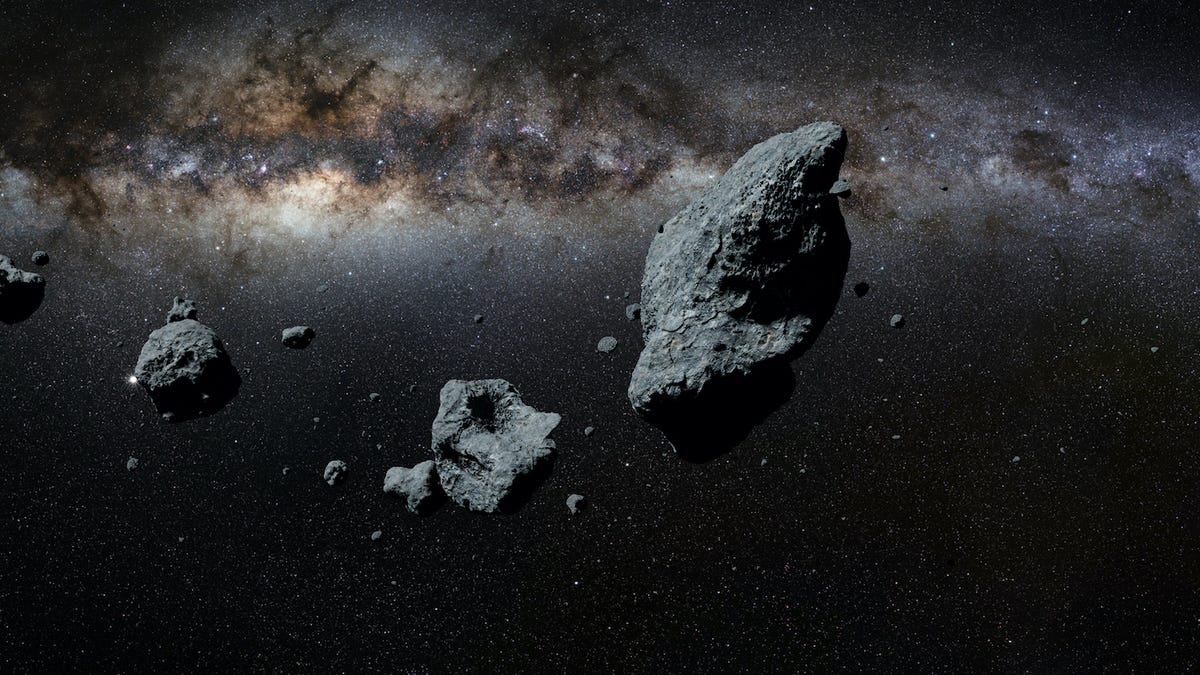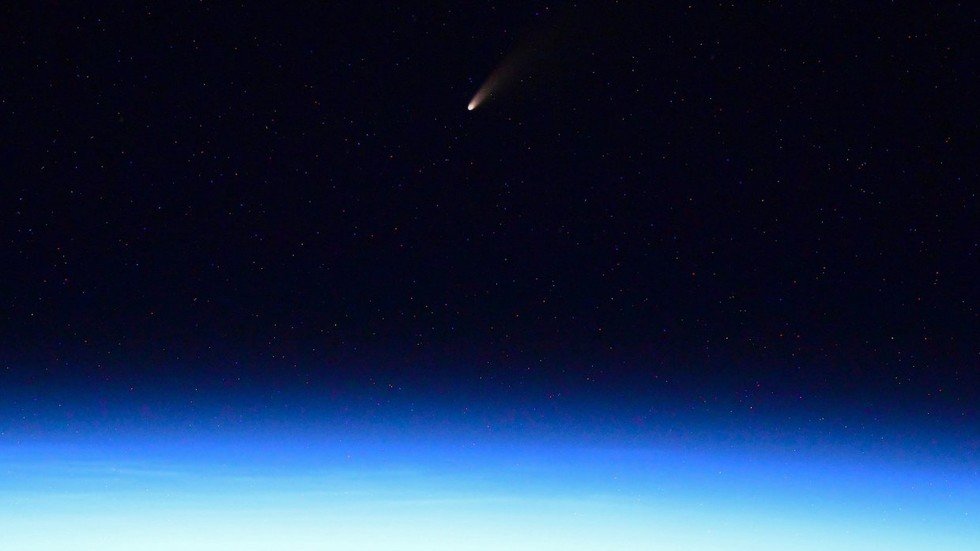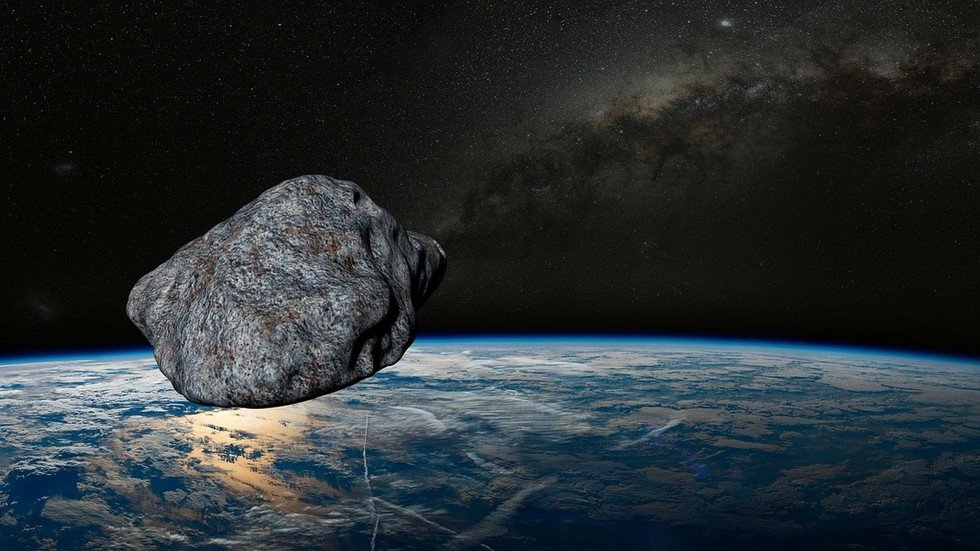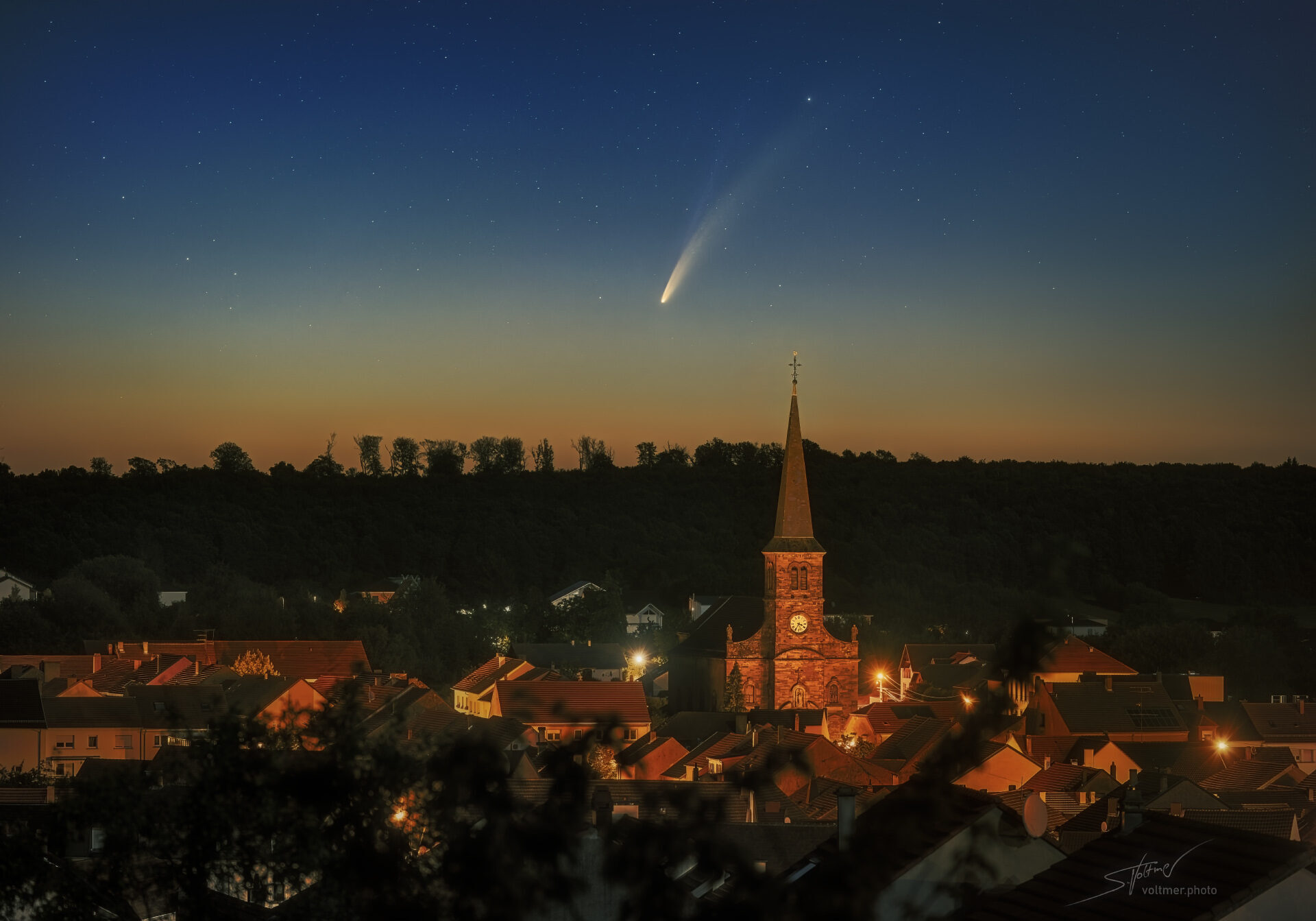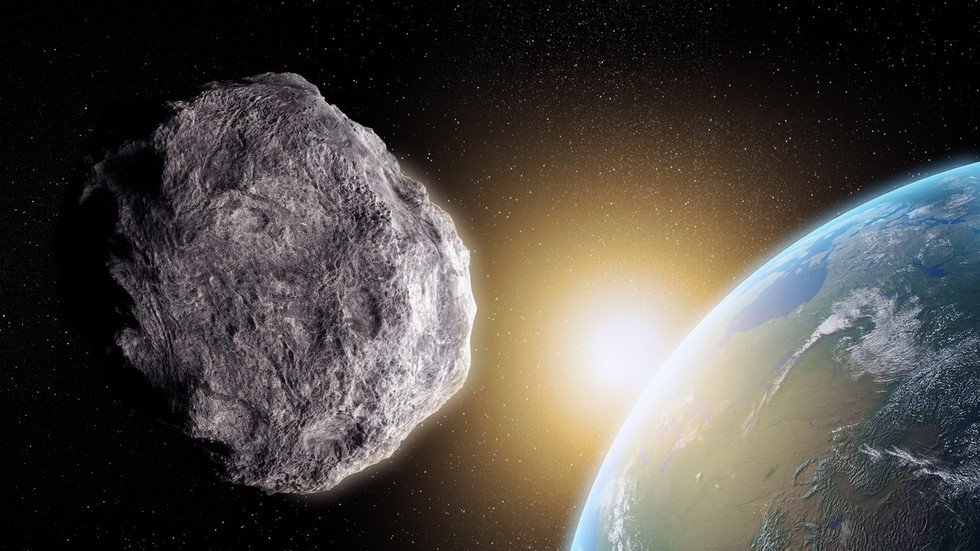Comet NEOWISE just keeps getting better. Not only is it visible to the naked eye in morning twilight, but also, now, it has two tails. Sebastian Voltmer photographed them over the village church of Spicheren, France. The brighter of the two is...

www.sott.net
COMET NEOWISE HAS A SUPER-SIZED NUCLEUS: Now we know why Comet NEOWISE (C/2020 F3) is so bright. Its nucleus is huge. Researchers working with NASA's NEOWISE spacecraft have analyzed infrared emissions from the comet's core, shown here in discovery images from March 2020:

The glow is proportional to the size of the nucleus--the nugget of dust and frozen gas at the heart of the comet. "From its infrared signature, we can tell that [the nucleus] is about 5 kilometers across," says Joseph Masiero, NEOWISE deputy principal investigator at NASA's Jet Propulsion Laboratory.
"5 km is extremely large for a comet approaching this close to the sun (think Comet McNaught-sized), which explains its high activity," says Qicheng Zhang, a PhD student in planetary sciences at Caltech.
On July 3rd, Comet NEOWISE passed by the sun near the orbit of Mercury. The oversized nucleus helped it survive the encounter, which some comets would have found too hot to handle. Now NEOWISE's sun-heated core is spewing massive amounts of dust and gas, creating
a worldwide sensation.
"Here is my daughter Izar ('Star' in the Basque language) pointing out the comet in the sunrise sky over Girona, Catalonia, Spain," says photographer Juan Carlos Casado. "It was easy to see with the naked eye."
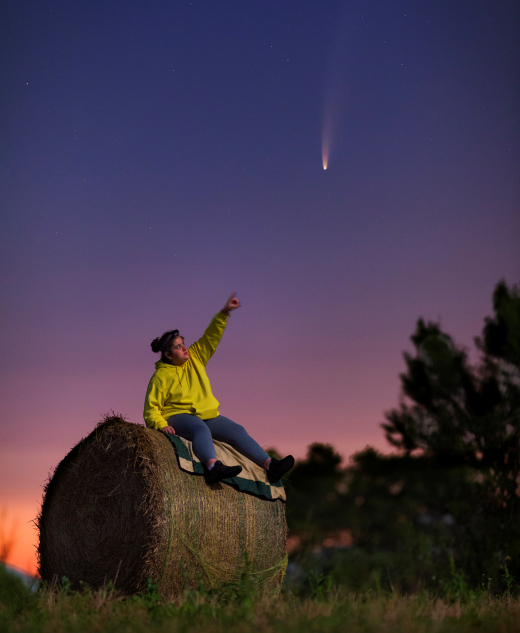
"Foreground lighting in the photo is natural, provided by the Moon," he adds.
For Comet NEOWISE, the future looks bright. Its large nucleus is a reservoir of dust and gas that should continue to fill
the comet's double tail with visible material for weeks to come.
Observing tips: Wake up about 90 minutes before sunrise, find a place with a clear horizon, and look northeast. The comet is visible to the naked eye as a fuzzy patch with a tail. Binoculars are recommended for full effect.
Sky maps: July 9,
10,
11,
12,
13,
14,
15.
A "CANYON OF FIRE" ON THE SUN:
During the late hours of July 8th, a magnetic filament on the sun became unstable and snapped. The eruption cut a "
canyon of fire" in the sun's atmosphere and hurled a faint coronal mass ejection (CME) into space.
NOAA analysts are modeling the CME now to see if it might hit Earth's magnetic field in the days ahead. Stay tuned for updates. Aurora alerts:
SMS Text.
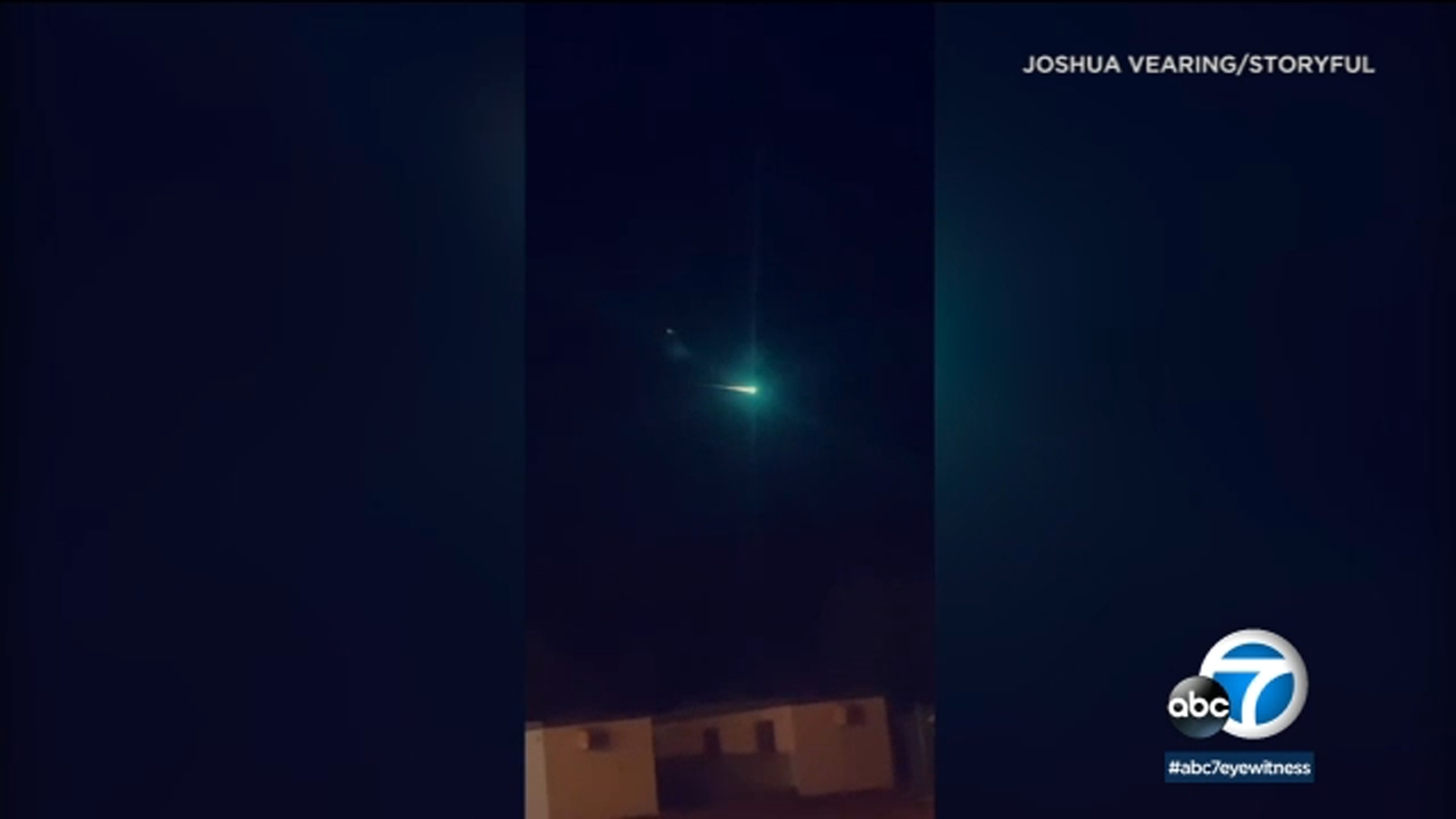
abc7.com

